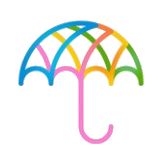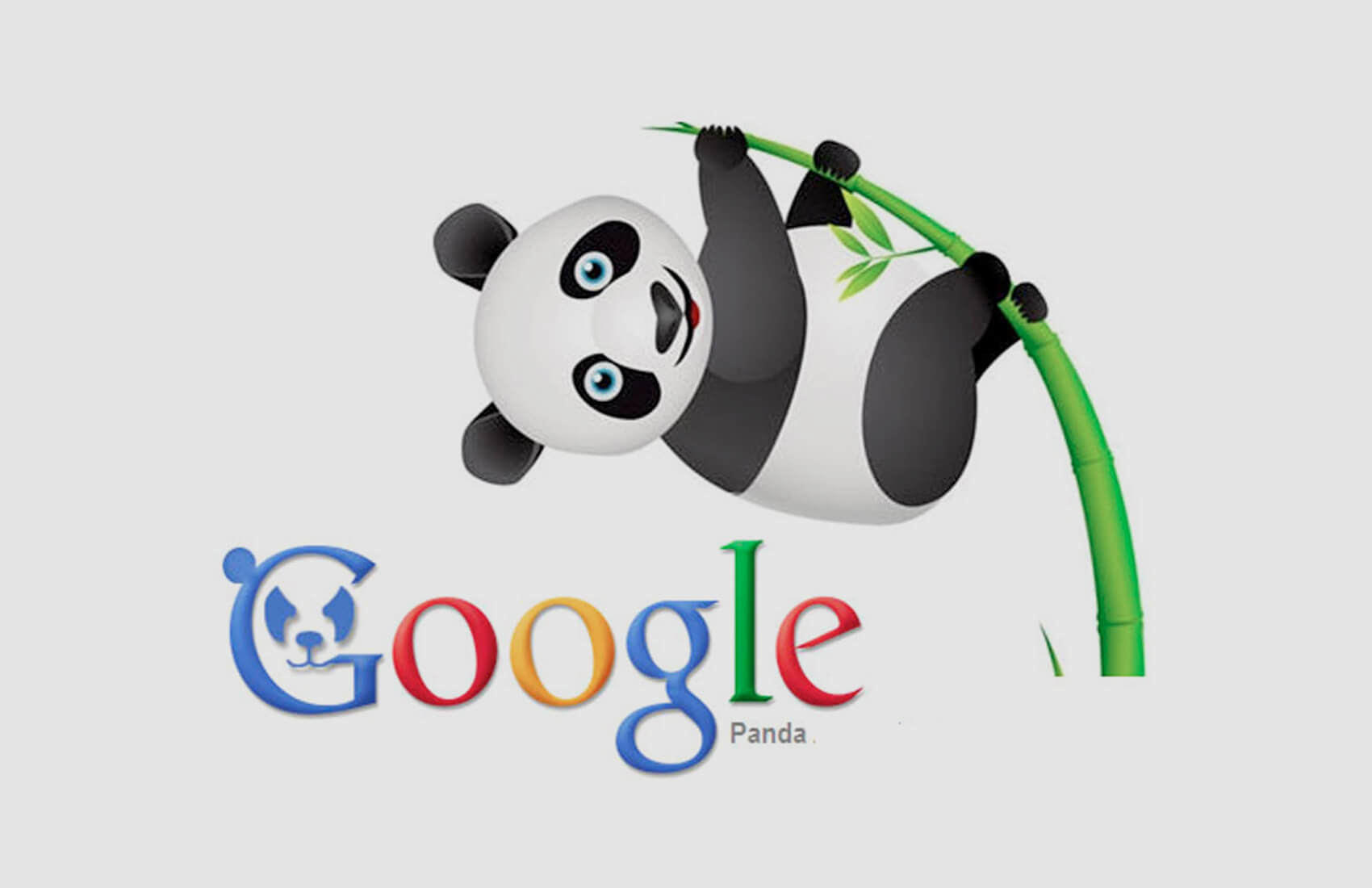How to Recover After Being Hit By Panda?
Panda is one of the most important updates that can damage your site and its rankings in search results. It was released in 2011 when it first came out. This major change to search engine algorithms drastically changed how search engines work and what they look at while ranking sites. The main objective behind this update was to eliminate low-quality or irrelevant web pages from their index, which resulted in a lower page rank for these sites.
If you have already lost the traffic due to the Panda update, then it is time to take action and recover that traffic. Here are some of the best steps which will help in getting back those sites affected by Panda. So, let’s explore the Google Panda recovery process.
How to recover from Google Panda
What is the best way to recover when Google updates its search engine algorithms? The answer is simple—create quality content! This will help in getting back into SERPs and increasing site traffic. However, it takes time and effort to produce high-quality content. So how can we get quick results without putting in much work? There are several ways that you could use to speed up the process of SEO optimization.
You can only get rid of the consequences of the Panda penalty if you know how to go about recovering the site and what needs to be done in order to make sure that there is no more damage done to your site after going through a Panda cleanup process.
Create quality content
Quality is the most important thing when it comes to search engine optimization and in general internet marketing. Your site should have high-quality information that will help users find what they are searching for. When doing SEO, focus more on user experience than keyword density or link building. Don’t try to manipulate Google through spammy techniques – your page may get penalized. Instead of using black hat methods like these, use white hat techniques which include things like writing quality articles, getting guest posts published online, and adding related keywords throughout your web pages. Also, keep your links relevant so if someone clicks one of your affiliate links, he’ll land on another part of your webpage where he can buy your product.
Write for humans
Instead of focusing solely on robots, try writing something that will appeal to human beings. A lot of visitors nowadays prefer reading blogs rather than long boring articles. So write something interesting that’s easy to read. Keep everything concise yet informative. Don’t make use of keywords only, but also include relevant information about topics that people would like to know more about. Make sure that you don’t rely too much on SEO techniques since Google does not take them seriously anymore. Also, avoid using long paragraphs; instead, keep things short and clear so that users can easily understand and digest them.
Analyze your site
Check whether there has been any change or updates in your site after applying the Panda Update. This step can give you all important information about how much impact this update had on your site. You need to look at these changes carefully so that you know what kind of features were removed from your web pages. Then make sure that none of them was useful or relevant to users. Also, check if anything new was added to the pages.
When you notice any spammy links pointing towards your site, remove them immediately. Also, keep a note of those URLs that point to other sites which don’t really contain useful information.
Optimize images & videos
Images play a large role on social media sites nowadays. They often times have more impact than written text. The same goes for videos. Make sure you’re optimizing images on all of your blog post’s pages. This includes header pictures, thumbnail images, featured images, etc. You should also optimize them on Facebook, Pinterest, Twitter, Instagram, and other networks and platforms. Having a well-optimized image helps improve how people view your business/website, making it easier for them to connect with you. People tend to spend less time reading long paragraphs of text and more time scanning photos and videos. Take advantage of this!

